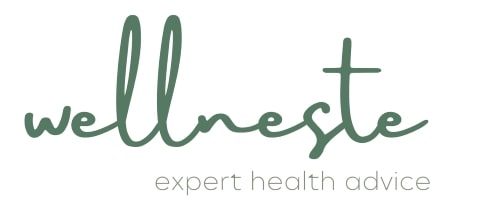Dr. David Koivuranta is a Doctor of Chiropractic and owner of the Toronto Neck and Back Pain Clinic. With over 24 years of experience, he has helped countless people find relief from their back pain, neck pain, joint pain, headaches, and other health problems. Dr. David offers personalized and individualized care based on each patient’s unique needs, with same day appointments and walk-ins welcome. As a member in good standing of the College of Chiropractors of Ontario since 1997, Dr. David is dedicated to helping his patients achieve a quick resolution to their pain so they can get back to their everyday activities without discomfort.
According to Dr. David Koivuranta, many people associate stiffness in the morning with their mattress or pillow, but more often than not, it’s a sign of the previous day’s activities. Many people experience micro-traumas from everyday activities, such as sitting in a chair or standing for long periods of time. The effects of gravity can also cause low-grade inflammation or strain on the body, which can build up throughout the day.
During the day, we may not notice these effects because we are moving and staying warm. However, at night, while we’re resting, these aches and pains can intensify. This is why it’s important to understand the link between good sleep posture and back and neck pain. In this article, we will explore some of the most effective strategies recommended for maintaining a good sleep posture and relieving back and neck pain.
What is a good sleep posture and why is it important?
The ideal sleep posture is one that allows your spine to be in a neutral position, which means that it’s not bent or twisted in any way. The best sleep posture is one that supports the natural curvature of your spine. Your head, shoulders, and hips should be in a straight line while you’re sleeping. This ensures that there’s no unnecessary pressure on any part of your body.
Good sleep posture is important for several reasons. First and foremost, it ensures that your spine is in a neutral position, which helps to prevent back and neck pain. Sleeping in a poor posture can put undue pressure on certain parts of your body, leading to pain and discomfort. Additionally, good sleep posture can help to improve your overall sleep quality. When your body is in a comfortable and supportive position, you’re more likely to fall asleep quickly and stay asleep throughout the night.
How can you improve your sleep posture to avoid neck & back pain?
Dr. Koivuranta recommends several strategies for improving your sleep posture, including:
Choosing the right pillow: A good pillow should support your head and neck, keeping them in alignment with your spine. Dr. Koivuranta recommends a pillow that is not too high or too low, and that can be adjusted to your individual needs.
Sleeping on your back or side: These positions help to maintain a neutral spine and reduce pressure on your joints and muscles. Avoid sleeping on your stomach, as this can put additional strain on your neck and back.
Using a supportive mattress: A good mattress should be firm enough to support your spine, but not so firm that it causes discomfort. Dr. Koivuranta recommends trying out different mattresses and choosing one that feels comfortable and supportive.
Conclusion
Our bodies experience aches and pains as we age and engage in physical activity. While a good mattress and pillow can help alleviate stiffness, the discomfort we feel in the morning is often a result of micro traumas and inflammation that build up from the effects of gravity and other stressors on our body throughout the day. As we rest at night, these issues can intensify, resulting in discomfort and pain upon waking up. This cycle repeats itself every day, making it essential to pay attention to our body’s posture and take steps to alleviate strain and inflammation. In conclusion, maintaining a good sleep posture and relieving back and neck pain are essential for a healthy and restful night’s sleep.
Disclaimer: The above video and content is for educational purposes only. The expert health advice offered in this video are that of the specialists. For more details, you can contact them directly or consult your health expert.
